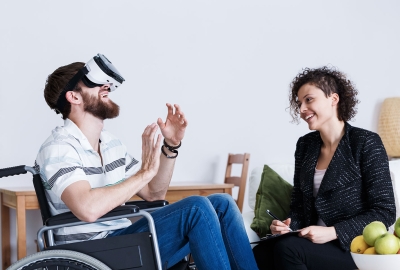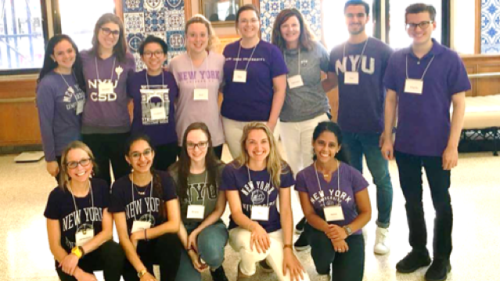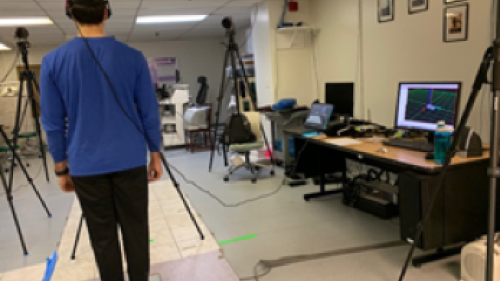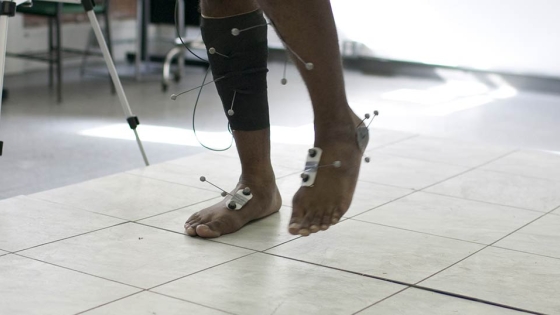
What We Do
CoHRR supports projects across multiple disciplines, three examples from our current portfolio are highlighted below:

Reversing Diabetic Peripheral Neuropathy Through Exercise
This project uses multinuclear-MRI to evaluate the mechanistic effects of exercise on skeletal muscle function and peripheral nerve integrity in patients with diabetic peripheral neuropathy (DPN), and to determine whether exercise can reverse DPN symptoms. We will prescribe a 10-week exercise program to 40 DPN participants. We will acquire multinuclear-MRI data before and after the intervention that can provide mechanistic insight into the adaptations in lower leg muscle function and peripheral nerve integrity of patients with DPN and their role in improving DPN symptoms following physical exercise intervention.
Co:PIs: Smita Rao, PT, PhD, Ryan Brown, PhD

Seniors Wellness Screening - Exploring the relationship between various health domains
It is well understood that as we age, muscle mass and physical function decline, leading to physical disability. Nutrition and physical activity play important roles in preventing/slowing this decline. It is also understood that swallowing function declines with aging, putting people at increased risk for malnutrition, dehydration, and pneumonia. This study explores the prevalence of seniors with poor nutrition, low physical activity, impaired swallowing, unhealthy body composition, low muscle strength, and poor physical function. Data collection is planned at two time points (one year apart). Our goal is to examine the relationships between these six area of health and wellness. Establishing these links will set the foundation for future prospective collaborative interventions to improve the health and wellness of New York City community-dwelling seniors.
Co:PIs: Sonja Molfenter, SLP, PhD & Kathleen Woolf, RD, PhD

Auditory Cues in Postural Control
Recent evidence suggests that auditory cues play a critical role in postural control. The level of auditory contribution to balance, and whether hearing loss by itself leads to imbalance or even increases imbalance in adults with vestibular dysfunction, is currently unclear. This study seeks to better understand the auditory aspects of sensory integration in balance and postural control. To accomplish this, our group, which involves five different disciplines: Computer Science, Music Technology, Statistics, Otolaryngology, and Physical Therapy, has developed a virtual reality Head Mounted Display (HMD) application. The portability, simplicity and affordability of this highly innovative HMD paradigm positions it at the forefront of clinical translation and application to patient care.
PI: Anat Lubetzky, PT, PhD, CSCS

